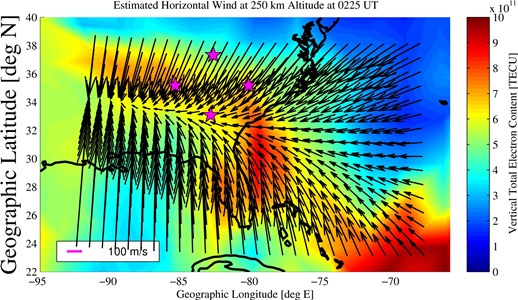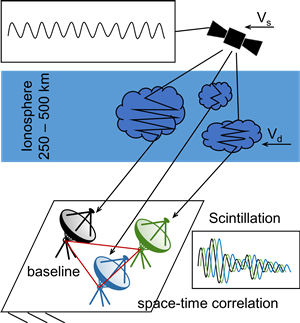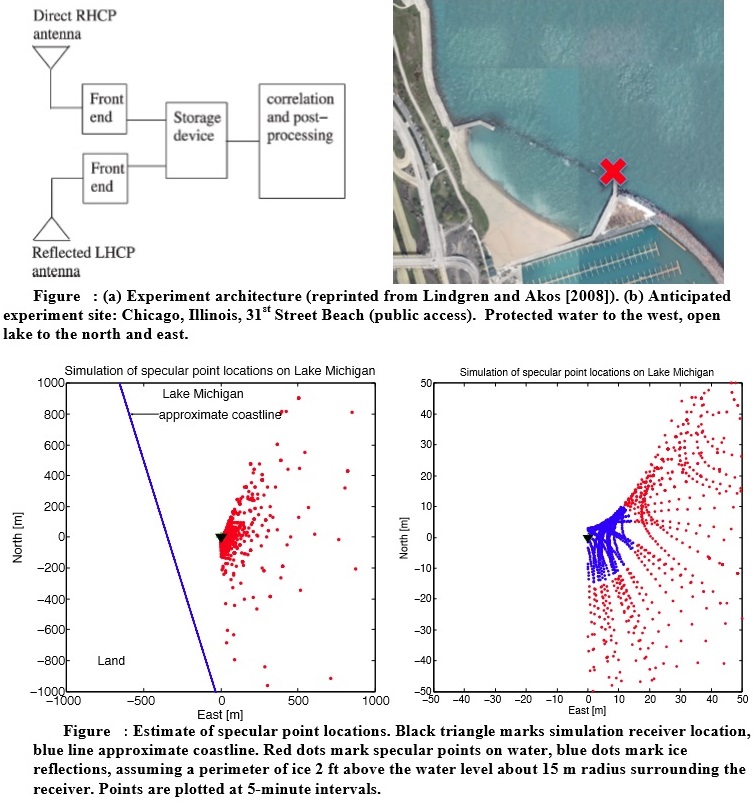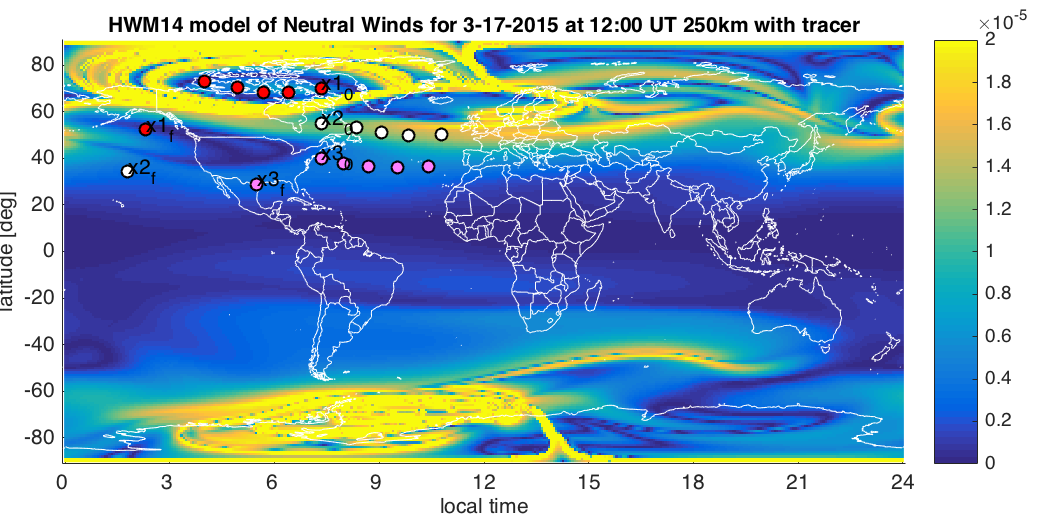Magnetosphere-Ionosphere-Thermosphere Response to Electromagnetic Flux at the Poles

Earth is our home and can be found in a solar system with a yellow dwarf named the Sun. Dan's project is to study what it means to live in an Earth-Sun system, particularly, he is contributing to our understanding of how does the dynamically varying Sun affect Earth? To do this, Dan is developing an algorithm that will make use of a globally distributed sensor network that can measure both how much energy enters Earth and how does this energy change wind patterns at the upper most layers of Earth's atmosphere. These layers are called the Ionosphere and Thermosphere and it is in this layer that many spacecraft, including Earth's astronauts in the International Space Station operate. The human race must fully understand this region to insure that the near Earth space environment can also be called our home.
Support from NASA Earth and Space Science Fellowship
PI Seebany Datta-Barua
September 2015 -- August 2017



.png)

